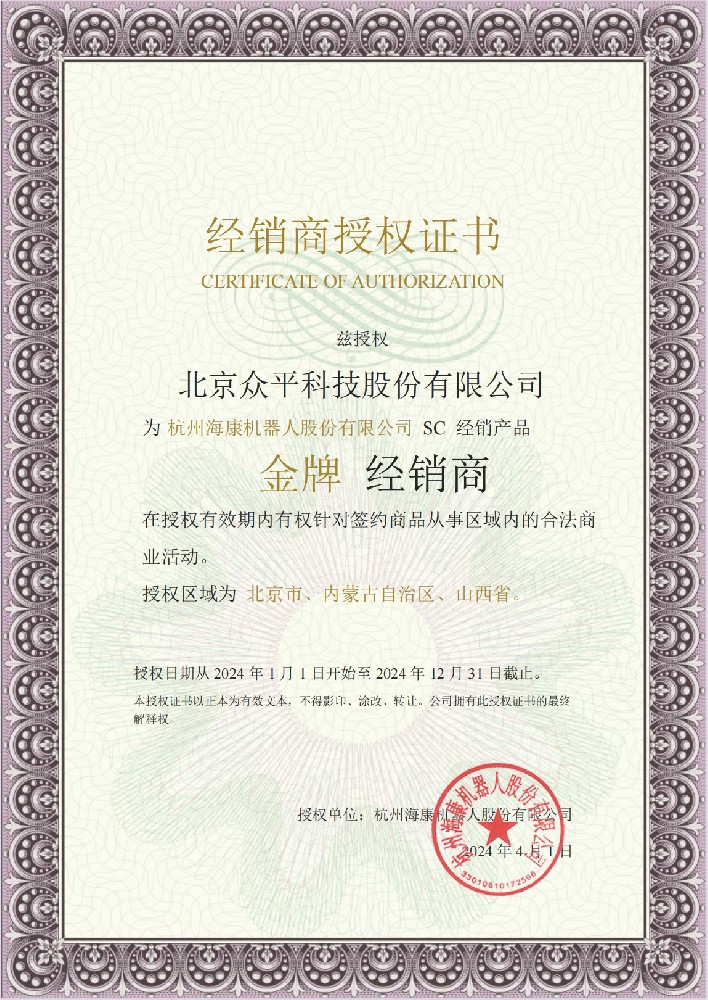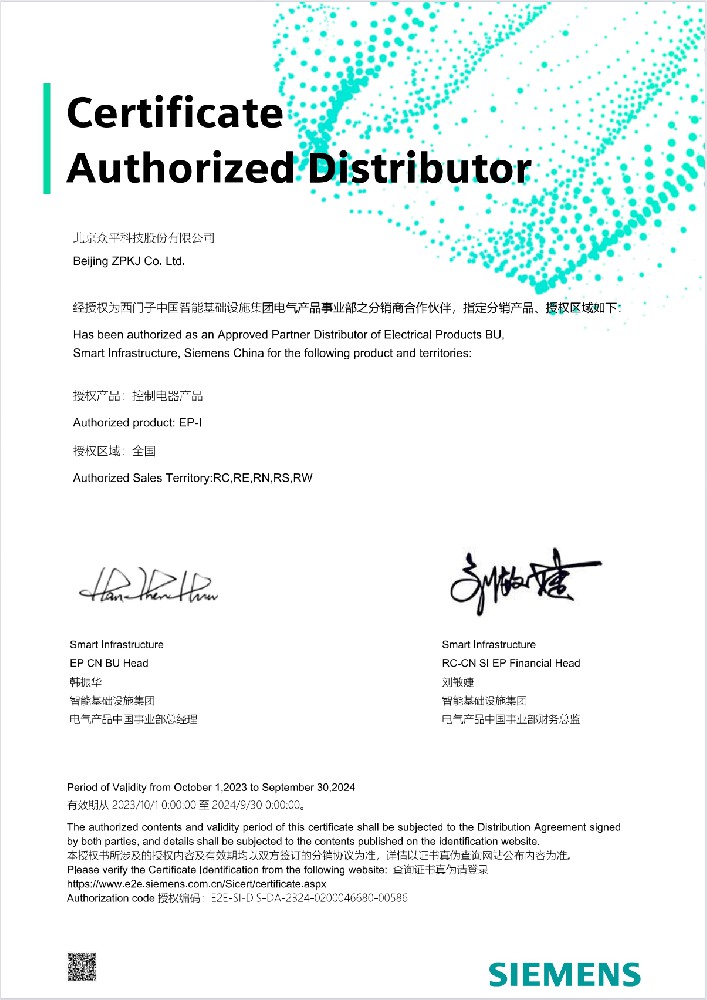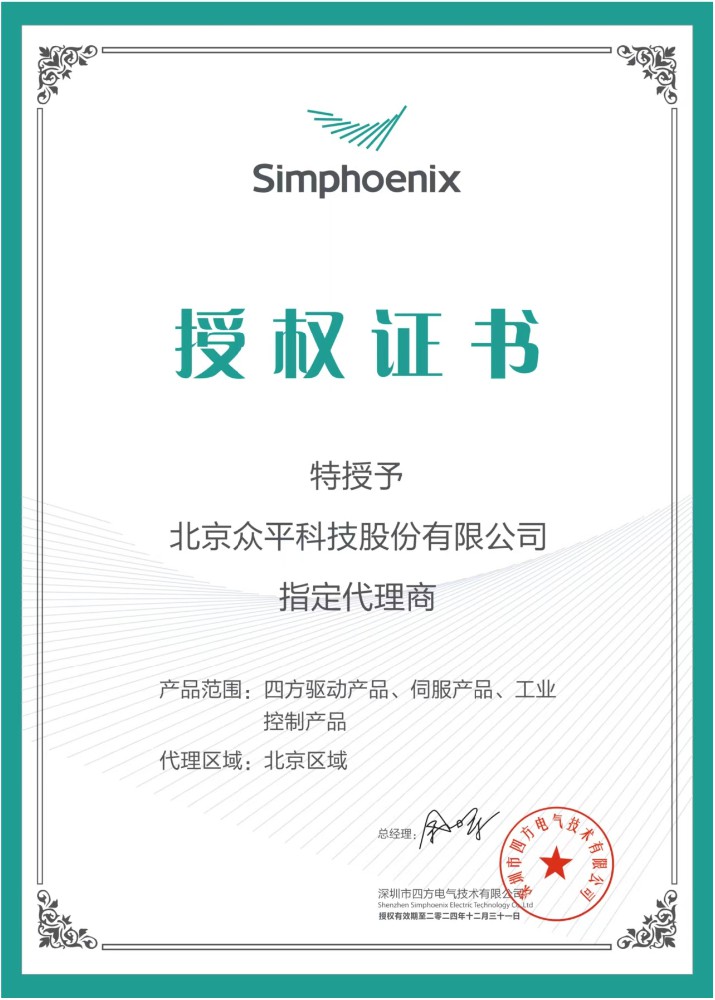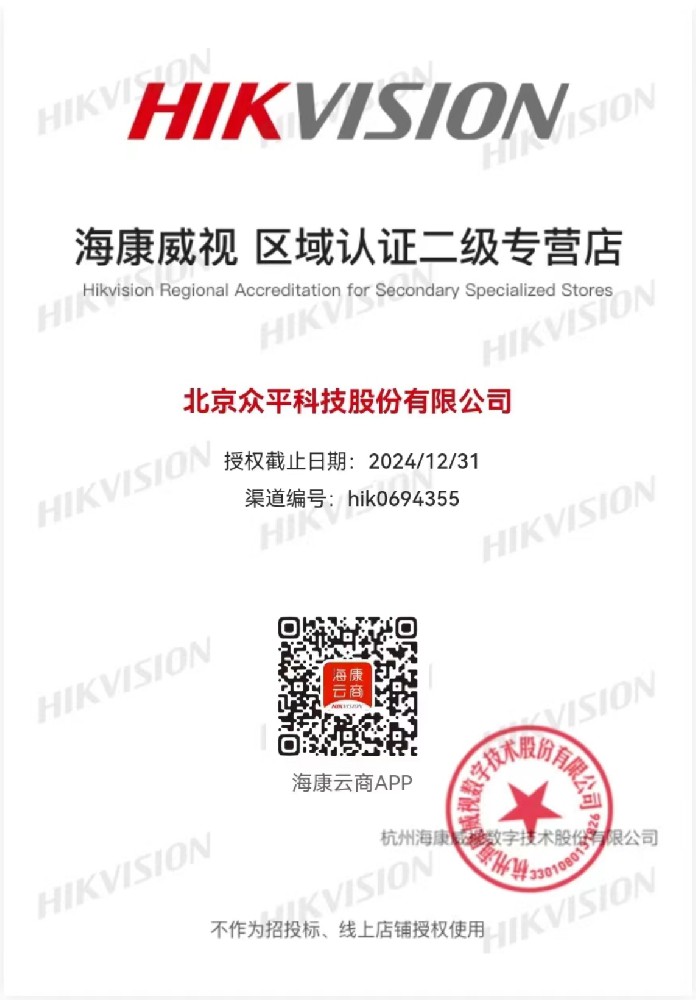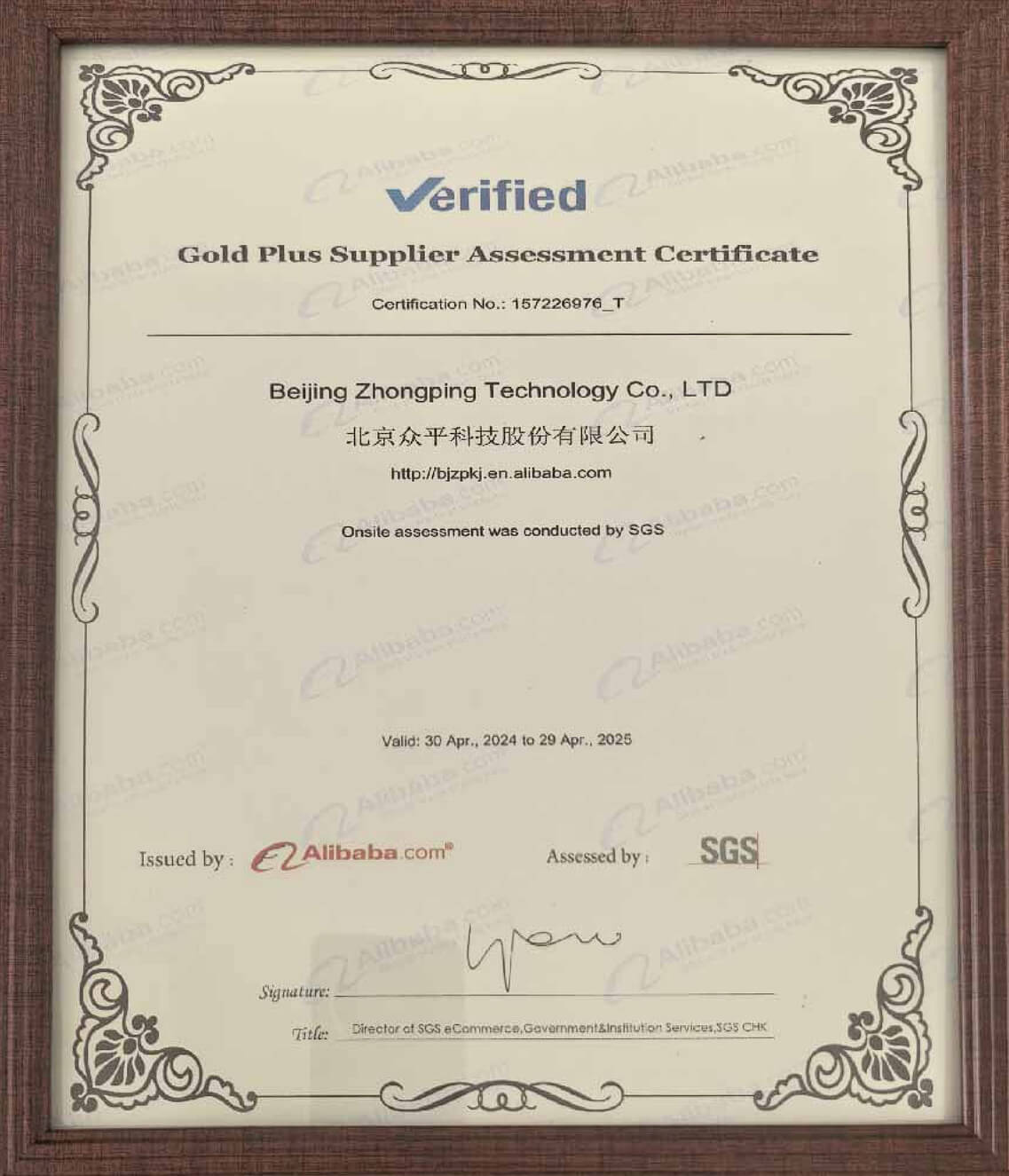The SICK L41E-33MA2A photoelectric sensor is a high-performance photoelectric detection product introduce with an IP67 protection rating. It is specifically designed for the industrial automation field, offering exceptional detection accuracy and stability. With an IP67 protection rating, it can operate reliably in harsh environments, making it an indispensable photoelectric sensor in modern industrial production. Thanks to its advanced photoelectric technology and robust design, the L41E-33MA2A can meet detection requirements in various complex working conditions, providing precise and reliable solutions for industrial automation.
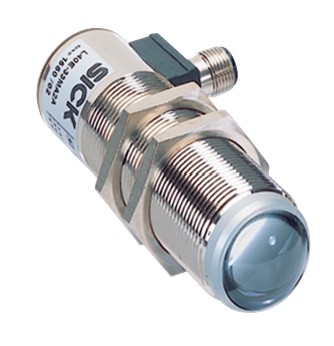
Product Specifications
Detection Range: 33 meters, suitable for long-distance detection tasks and capable of meeting the needs of detecting objects at a distance in industrial settings.
Output Type: PNP/NPN options are available, supporting a variety of electrical connection methods for easy integration with different types of control systems.
Response Time: Less than 1 millisecond, ensuring rapid response to meet real-time detection requirements on high-speed production lines.
Operating Voltage: 10—30V DC, with a wide voltage range for strong compatibility.
Protection Rating: IP67, allowing normal operation in damp, dusty, and other harsh environments to ensure the stability and durability of the device.
Installation Options: Supports multiple installation methods, including bracket and direct mounting, for convenient on-site layout.
Spot Size: Small spot design, suitable for high-precision detection and capable of accurately identifying small objects or objects with complex shapes.
Product Features
High-Precision Detection: The SICK L41E-33MA2A uses advanced photoelectric technology to achieve high-precision object detection. It can accurately identify target objects even against complex backgrounds. The high sensitivity of this photoelectric sensor makes it outstanding in industrial automation.
Long-Distance Detection Capability: With a detection range of 33 meters, it can cover large working areas, making it particularly suitable for logistics, warehousing, and automated production lines. The performance of the photoelectric sensor excels in long-distance detection, effectively reducing false triggers.
IP67 Protection Rating: The IP67 protection rating of the sensor means it can resist the ingress of dust and water. It can maintain stable operation in damp, dusty industrial environments, ensuring the reliability of the sensor in harsh conditions.
Flexible Installation and Configuration: The L41E-33MA2A supports multiple installation methods, allowing users to flexibly choose the installation location and angle based on on-site needs. The configuration of the photoelectric sensor is also very flexible, adapting to different detection requirements.
Fast Response: With a response time of less than 1 millisecond, it can meet the real-time detection needs of high-speed production lines, ensuring the continuity and efficiency of the production process. This fast response capability is a significant advantage of the photoelectric sensor in industrial automation.
Applications
Logistics and Warehousing: In logistics centers and warehousing systems, the SICK L41E-33MA2A photoelectric sensor can be used for automatic identification of goods, inventory management, and object detection on conveyor belts. Its long detection range and high precision enable efficient handling of large volumes of goods.
Automated Production Lines: In automotive manufacturing, electronics production, and other automated production lines, the sensor can be used for component positioning, assembly inspection, and quality control. The fast response and high-precision detection capabilities of the photoelectric sensor can significantly improve production efficiency and product quality.
Food and Pharmaceutical Industries: In food processing and pharmaceutical industries, the L41E-33MA2A can be used to detect product packaging, label positions, and integrity on production lines. Its IP67 protection rating makes it suitable for environments with high humidity and stringent cleaning requirements.
Robot Guidance: In robotic applications, the photoelectric sensor can be used for object recognition and positioning, providing precise visual feedback to ensure the accuracy and safety of robotic operations.
Installation and Commissioning
Installation Environment: Install in an environment free from strong light interference and corrosive gases to ensure detection accuracy and service life. Pay attention to the installation angle and direction of the sensor to achieve optimal detection results.
Electrical Connection: Choose between PNP or NPN output types based on actual needs and ensure the power supply voltage is within the 10-30V DC range. When connecting, pay attention to the polarity of the power supply and the correct connection of signal lines to avoid short circuits or incorrect connections.
Parameter Configuration: Set parameters such as detection range, sensitivity, and output signal through the sensor's control panel or external programming tools. Adjust parameters according to the actual application scenario to achieve the best detection results.
Maintenance and Care
Regular Cleaning: Regularly clean the dust and dirt from the sensor surface to avoid affecting detection accuracy. For photoelectric sensors, use a soft non-woven cloth and a dedicated cleaner to clean the lens to prevent scratching.
Check Connections: Regularly inspect the electrical connections to ensure they are secure, with no loose or damaged power or signal lines. Also, check the stability of the sensor's mounting bracket to prevent displacement due to vibration.
Environmental Monitoring: Regularly check that the installation environment meets requirements, avoiding prolonged exposure to high temperatures, high humidity, or strong electromagnetic interference. Although the IP67-rated sensor has certain water and dust resistance, extreme environmental changes should still be monitored.
Precautions
Environmental Adaptability: Although the SICK L41E-33MA2A has an IP67 protection rating, its performance and lifespan may still be affected in extreme conditions such as prolonged immersion or exposure to highly corrosive gases. Therefore, avoid these extreme conditions during installation and use whenever possible.
Photoelectric Interference: Photoelectric sensors may be subject to interference from strong light or reflected light during use, leading to false triggers. Avoid direct light sources during installation and adjust the sensor's sensitivity according to actual conditions.
Maintenance Schedule: Regular maintenance is key to ensuring the long-term stable operation of the sensor. It is recommended to develop a reasonable maintenance plan based on usage environment and frequency, regularly cleaning the sensor lens and checking electrical connections to extend the equipment's lifespan.
Product Features
High-Precision Detection: The SICK L41E-33MA2A uses advanced photoelectric technology to achieve high-precision object detection. It can accurately identify target objects even against complex backgrounds. The high sensitivity of this photoelectric sensor makes it outstanding in industrial automation.
Long-Distance Detection Capability: With a detection range of 33 meters, it can cover large working areas, making it particularly suitable for logistics, warehousing, and automated production lines. The performance of the photoelectric sensor excels in long-distance detection, effectively reducing false triggers.
IP67 Protection Rating: The IP67 protection rating of the sensor means it can resist the ingress of dust and water. It can maintain stable operation in damp, dusty industrial environments, ensuring the reliability of the sensor in harsh conditions.
Flexible Installation and Configuration: The L41E-33MA2A supports multiple installation methods, allowing users to flexibly choose the installation location and angle based on on-site needs. The configuration of the photoelectric sensor is also very flexible, adapting to different detection requirements.
Fast Response: With a response time of less than 1 millisecond, it can meet the real-time detection needs of high-speed production lines, ensuring the continuity and efficiency of the production process. This fast response capability is a significant advantage of the photoelectric sensor in industrial automation.
Materials and Manufacturing Processes
The sensor's housing is made of high-strength aluminum alloy, which offers excellent corrosion resistance and mechanical strength. It is also specially treated to meet the IP67 protection rating requirements. This material not only prevents the ingress of dust and moisture but also provides some resistance to chemical erosion, making it suitable for long-term use in complex industrial environments.
In terms of manufacturing processes, SICK employs precise optical design and advanced electronic component packaging technology. The sensor's lens is made of high-transparency optical glass and coated with multiple layers to enhance its anti-reflection and durability. This process not only improves the sensor's detection accuracy but also ensures its stability over long-term use. Additionally, the electronic components inside the sensor are designed to be moisture-proof and dust-proof, and they undergo rigorous testing to ensure reliable operation in various environments.
Additional Functions
Intelligent Diagnostic Functions:When the sensor detects that the lens is obstructed, the detection distance is out of range, or the power supply voltage is abnormal, it will automatically issue an alarm to alert users to take timely action. This intelligent diagnostic function significantly improves the maintenance efficiency of the sensor and reduces downtime caused by faults.
Various Communication Protocols: Through these protocols, users can remotely monitor the sensor's status, adjust detection parameters, and receive real-time detection data. This remote monitoring and parameter adjustment capability not only enhances the flexibility of the system but also reduces the workload of on-site maintenance.
Ambient Light Suppression: This function is particularly important in complex industrial environments, especially in scenes with strong light backgrounds or reflective objects, where it can significantly improve detection accuracy and stability.
Product Advantages
High Precision and Reliability: The SICK L41E-33MA2A uses advanced photoelectric technology to achieve high-precision object detection. It can accurately identify target objects even against complex backgrounds. Its IP67 protection rating and high-quality materials ensure long-term stable operation in harsh environments, reducing faults caused by environmental factors.
Long-Distance Detection and Fast Response: With a detection range of 33 meters and a response time of less than 1 millisecond, the sensor meets the needs for long-distance and high-speed detection. This combination of performance excels in logistics, warehousing, and automated production lines, significantly improving production efficiency and equipment utilization.
Flexible Installation and Configuration: The L41E-33MA2A supports multiple installation methods and parameter configurations. Users can flexibly adjust detection distance, sensitivity, and output type according to actual needs. This flexibility allows the sensor to adapt to various complex working conditions and meet the personalized requirements of different users.
Brand and Technical Support: SICK, as a globally leading industrial sensor manufacturer, has a deep technical foundation and widespread market recognition. The L41E-33MA2A photoelectric sensor inherits the high quality and reliability of the SICK brand, and users can also obtain professional technical support and after-sales services.
After-Sales Service
Technical Support and Consultation: SICK has a professional technical support team that users can contact at any time via phone, email, or online customer service to inquire about product-related issues. The technical support team can provide detailed product information, technical guidance, and troubleshooting advice to help users quickly resolve problems encountered during use.
Training and Guidance: To help users better utilize the L41E-33MA2A photoelectric sensor, SICK also offers professional training services. These trainings cover product installation, commissioning, parameter configuration, and maintenance, and users can choose between online or offline training methods based on their needs. Through training, users can become more proficient in operating the sensor and fully leverage its performance advantages.
Repair and Replacement: If the sensor malfunctions, users can send the product back to SICK for repair or replacement. SICK provides rapid repair services and offers detailed test reports and quality assurance upon completion. For sensors that cannot be repaired, SICK will promptly provide a brand-new replacement to ensure that users' production activities are not disrupted.
Software and Firmware Updates: As technology continues to evolve, SICK regularly releases software and firmware updates for the L41E-33MA2A photoelectric sensor. These updates further optimize the sensor's performance, add new features, and fix known vulnerabilities. Users can obtain the latest software and firmware versions from SICK's official website or technical support team and follow the instructions for updates.
Long-Term Cooperation and Feedback Mechanism: SICK values long-term cooperation with users and has established a comprehensive feedback mechanism. Users can provide feedback on product usage experiences and suggestions for improvement at any time, and SICK will continuously optimize product design and service processes based on user feedback to better meet user needs.
Frequently Asked Questions (FAQ)
1.How to Adjust the Detection Distance of the SICK L41E-33MA2A Photoelectric Sensor?
Adjustment Method: The detection distance of the SICK L41E-33MA2A photoelectric sensor can be adjusted through its built-in control panel or external programming tools. Users can set the detection distance range according to the needs of the actual application scenario through menu options. When adjusting, ensure that the detection distance is within the sensor's rated range (0-33 meters) to guarantee detection accuracy.
Detection Effect After Adjustment: After adjusting the detection distance, the sensor will automatically optimize detection sensitivity and spot size based on the set value to adapt to different detection tasks. This flexibility allows the photoelectric sensor to adapt to various complex working conditions, such as detecting goods of different sizes in logistics scenarios or detecting components at different positions on the production line.
Precautions: When adjusting the detection distance, avoid setting it too short or too long to prevent affecting the sensor's performance and accuracy. Additionally, perform actual tests after adjustment to ensure that the detection effect meets expectations.
2.How to Ensure the Reliability of the SICK L41E-33MA2A Photoelectric Sensor in Harsh Environments?
Role of Protection Rating: The SICK L41E-33MA2A photoelectric sensor has an IP67 protection rating, which means it can effectively resist the ingress of dust and water. In harsh environments, such as damp, dusty, or splash-prone areas, this protection rating ensures that the internal components of the sensor are not damaged, thereby guaranteeing long-term stable operation.
Environmental Adaptability Optimization: To further enhance the reliability of the sensor in harsh environments, it is recommended to choose an appropriate installation location to avoid direct exposure to extreme conditions.
Maintenance Suggestions: Regularly inspect the sensor's housing seal to ensure that the protection rating is not compromised. If damage or poor sealing is found, replace or repair it promptly. Additionally, regularly clean the sensor lens and ventilation holes to maintain its good working condition.
3.Is the Response Time of the SICK L41E-33MA2A Photoelectric Sensor Fast Enough?
Performance in Application Scenarios: In high-speed automated production lines such as automotive manufacturing and electronics production, the L41E-33MA2A photoelectric sensor can quickly detect the position and status of components and promptly feed signals back to the control system.
Methods to Optimize Response Time: Although the sensor's response time is already very fast, users can further improve the system's response speed by optimizing electrical connections and reducing signal interference in practical applications.
4.How to Avoid False Triggers of the SICK L41E-33MA2A Photoelectric Sensor?
Sources of Photoelectric Interference: During use, photoelectric sensors may be subject to interference from strong external light or reflected light, leading to false triggers. To avoid this, users should avoid direct light sources when installing the sensor and adjust the sensor's sensitivity according to the actual application scenario.
Selection of Installation Position: When installing the SICK L41E-33MA2A photoelectric sensor, choose an appropriate position and angle to avoid direct illumination of the detection beam on reflective objects or walls. If reflection cannot be avoided, use a light shield or adjust the detection angle to reduce the impact of reflected light on detection results.
Parameter Optimization: Through the sensor's control panel or external programming tools, users can adjust detection sensitivity and spot size according to the actual application scenario. For high-precision detection tasks, sensitivity can be increased appropriately; for environments prone to interference, sensitivity can be reduced to ensure the accuracy and stability of detection.
5.What Is the Maintenance Cycle for the SICK L41E-33MA2A Photoelectric Sensor?
Maintenance Cycle Determination: The maintenance cycle of the SICK L41E-33MA2A photoelectric sensor depends on its usage environment and frequency. In clean and dry environments, the maintenance cycle can be relatively long, such as once per quarter; in harsh environments, such as damp, dusty, or electromagnetically interference-prone areas, it is recommended to perform maintenance checks once a month.
Regular Maintenance Content: During maintenance, inspect the sensor's appearance for damage, ensure the lens is clean, check that electrical connections are secure, and verify that fans and heat sinks are functioning properly. For photoelectric sensors, regularly cleaning the lens and ventilation holes is key to maintaining performance. Additionally, check the stability of the sensor's mounting bracket to prevent displacement due to vibration.
Performance Testing After Maintenance: After maintenance, perform actual detection tests to ensure the sensor's performance meets requirements. This can be done by detecting the position and status of known objects to verify the sensor's accuracy and response time. If the sensor's performance deteriorates or abnormalities are detected, adjustments or replacements should be made promptly.
6.Can the IP67 Protection Rating of the SICK L41E-33MA2A Photoelectric Sensor Withstand Extreme Weather?
Definition of IP67 Protection Rating: The IP67 protection rating of the SICK L41E-33MA2A photoelectric sensor indicates that it can effectively resist the ingress of dust and water. Specifically, an IP67 rating means the sensor can completely prevent dust entry and can be immersed in water for a short period (not exceeding 1 meter deep) without being damaged. This protection rating allows it to operate normally in damp, dusty, and other harsh environments.
Performance in Extreme Weather: Although the IP67 protection rating provides good protection for the sensor, its performance and lifespan may still be affected in extreme weather conditions, such as prolonged immersion in water, exposure to highly corrosive gases, or extremely low temperatures. Therefore, avoid these extreme conditions during installation and use whenever possible.
Protection Measures Suggestions: To further enhance the sensor's reliability in extreme weather, choose an appropriate installation location to avoid direct exposure to extreme conditions. Additionally, regularly inspect the sensor's housing seal and promptly repair any damaged seals to maintain its protection rating.
7.How to Choose the Installation Position for the SICK L41E-33MA2A Photoelectric Sensor?
Principles for Choosing Installation Position: When selecting the installation position for the SICK L41E-33MA2A photoelectric sensor, consider the requirements of the detection task and environmental conditions. The sensor should be installed in an environment free from strong light interference and corrosive gases to ensure detection accuracy and service life. Additionally, the installation position should ensure that the sensor's detection beam can cover the target object without obstruction.
Adjustment of Angle and Direction: During installation, adjust the sensor's angle and direction according to the actual application scenario to achieve optimal detection results. For photoelectric sensors, the angle and direction of the detection beam directly affect detection accuracy and range. Therefore, ensure that the sensor's detection beam accurately targets the object and avoid reflection or obstruction.
Environmental Adaptability Considerations: In harsh environments, such as damp, dusty, or electromagnetically interference-prone areas, pay special attention to the sensor's installation position and protective measures. Additionally, ensure that the installation position complies with the IP67 protection rating requirements.
8.How to Ensure the Detection Accuracy of the SICK L41E-33MA2A Photoelectric Sensor?
High-Precision Detection Technology: The SICK L41E-33MA2A photoelectric sensor uses advanced photoelectric technology to achieve high-precision object detection. Its small spot size and high sensitivity enable it to accurately identify target objects even against complex backgrounds and maintain high accuracy in long-distance detection. This high-precision detection capability is a significant advantage of the photoelectric sensor in industrial automation.
Parameter Optimization and Calibration: To ensure detection accuracy, users can optimize parameters and perform calibration through the sensor's control panel or external programming tools. Additionally, regularly calibrate the sensor's detection accuracy to ensure it remains consistent with actual requirements.
Impact of Environmental Factors: Detection accuracy may be affected by environmental factors such as strong light, reflection, or dust. To avoid these factors' impact on detection accuracy, avoid direct light sources when installing the sensor and adjust the sensor's sensitivity according to actual conditions. Additionally, regularly clean the sensor lens and ventilation holes to maintain its good working condition.
9.What Precautions Should Be Taken for the Electrical Connection of the SICK L41E-33MA2A Photoelectric Sensor?
Choice of Connection Method: Choose between PNP or NPN output types based on actual needs and ensure compatibility with the control system. For photoelectric sensors, it is recommended to use shielded cables for connections and ensure proper grounding of the cable's shielding layer to minimize the impact of electromagnetic interference on signal transmission.
Maintenance and Inspection: Regularly check that electrical connections are secure, with no loose or damaged power or signal lines. If poor connections or cable damage are found, repair or replace them promptly to avoid performance degradation or sensor faults due to electrical connection issues.
10.How to Extend the Service Life of the SICK L41E-33MA2A Photoelectric Sensor?
Environmental Adaptability Optimization: During installation and use, avoid exposing the sensor to extreme conditions such as high temperatures, high humidity, strong electromagnetic interference, or corrosive gases. Although the sensor has an IP67 protection rating, long-term exposure to these extreme conditions may still affect its performance and lifespan.
Fault Prevention and Handling: Regularly check the sensor's detection accuracy and response time to ensure its performance meets requirements. If performance degradation or abnormalities are detected, adjust or replace the sensor promptly. Additionally, based on the sensor's usage, reasonably schedule maintenance cycles to avoid sensor damage due to long-term neglect.


 010-64225983
010-64225983 +8613811814778
+8613811814778 info@zhongpingtech.com
info@zhongpingtech.com Building 26, Liyuan Community, Chaoyang District, Beijing, China
Building 26, Liyuan Community, Chaoyang District, Beijing, China